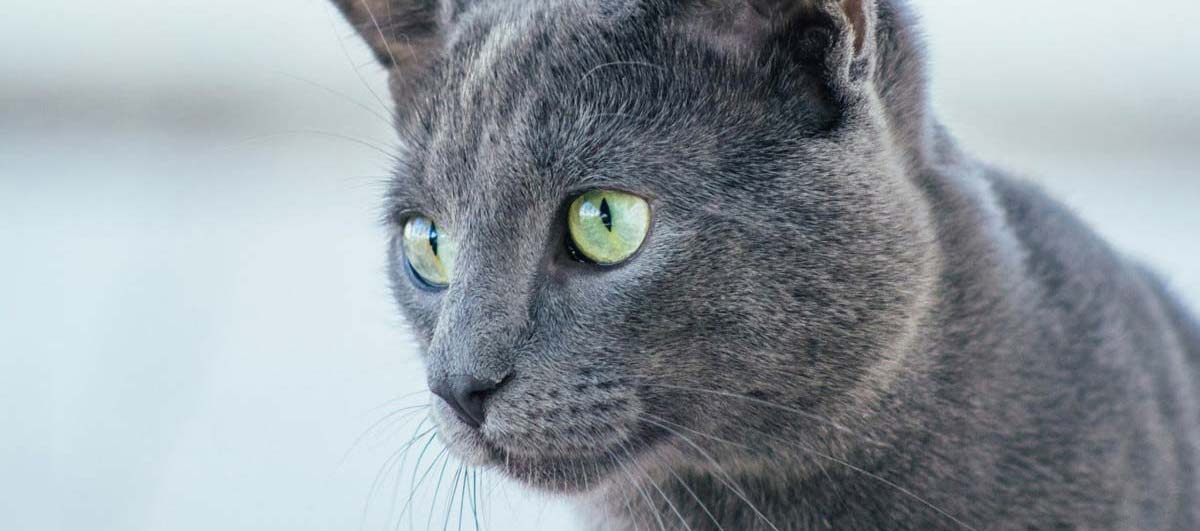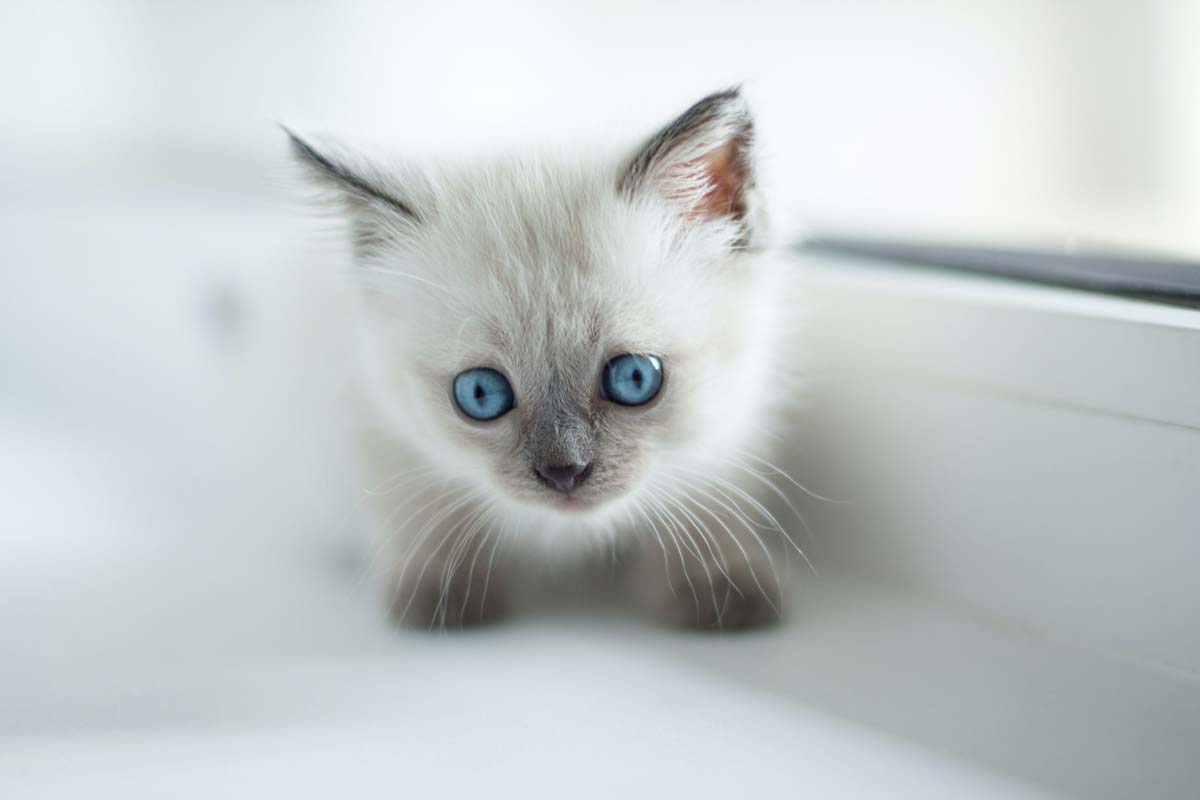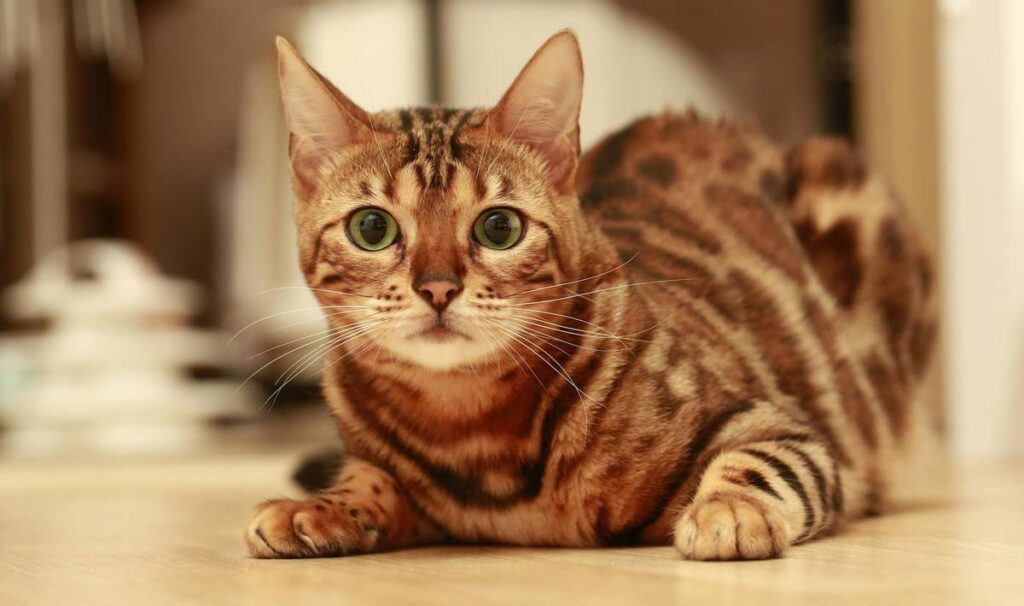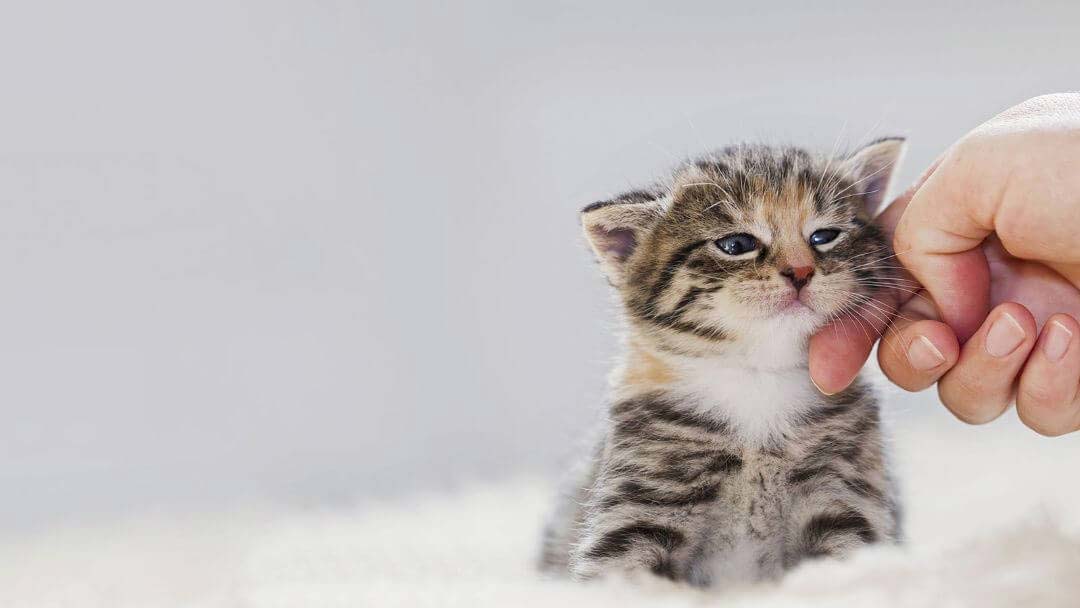
Welcome to SAK
WhatsApp : +85262985400
Messenger : SAK JACK
What is FIP ?
Feline Infectious Peritonitis (FIP) is a disease that kills 1 in 100 to 1 in 300 of all cats under ages 3-5. The incidence can be five to 10 times greater among young cats coming from catteries and shelters. FIP is virtually 100% fatal, and there is no treatment or cure. FIP can manifest suddenly — weeks, months or even years after initial infection.
Therefore, cat lovers usually experience the heartbreak of this disease long after they have developed strong emotional bonds with their pets.

What are the clinical symptoms of cat FIP?
FIP displays in a “wet” form and a “dry” form. Signs of both forms include fever that doesn’t respond to antibiotics, anorexia, weight loss and lethargy. In addition, the wet form of FIP is most known for the accrual of fluid in the abdominal cavity, the chest cavity, or both. Cats with fluid in the chest experience labored breathing. Cats with fluid in the abdomen show increasing, nonpainful abdominal distension.
In the dry form of FIP, small buildups of inflammatory cells, or granulomas, form in various organs, and clinical signs depend on which organ is affected. The eyes and the neurologic system are frequently affected, as well.
HISTORY OF FELINE INFECTIOUS PERITONITIS 1963-2022 – FIRST DESCRIPTION TO SUCCESSFUL TREATMENT
Niels C. Pedersen
Center for Companion Animal Health, School of Veterinary Medicine, University of California, 944 Garrod Drive, Davis, CA, 95616, USA
April 17, 2022
Abstract
This article highlights knowledge of feline infectious peritonitis (FIP) as it evolved, starting at its recognition in 1963 to present time, and was prepared with veterinarians, cat rescuers and guardians, shelter staff, and cat lovers in mind. A brief mention is made of the causative feline coronavirus and its relationship to a ubiquitous and minimally pathogenic enteric coronavirus of felids, epizootiology, pathogenesis, pathology, clinical features, and diagnostics. Major emphasis is on risk factors affecting FIP prevalence, and the role of modern antiviral drugs in successful treatment.
Introduction
Feline infectious peritonitis (FIP) was described as a specific disease entity in 1963 by veterinarians at the Angell Memorial Animal Hospital in Boston (Holzworth 1963) (Fig. 1). Pathology records from this institution and The Ohio State University failed to identify earlier cases (Wolfe and Griesemer 1966), although identical cases were soon recognized worldwide. The initial pathologic descriptions were of a diffuse inflammation of the tissues lining the peritoneal cavity and abdominal organs with extensive inflammatory fluid effusion, from which the disease was ultimately named (Wolfe and Griesemer 1966, 1971) (Figs. 2,3). A second, and less common clinical form of FIP, manifested by less diffuse and more widespread granulomatous lesions involving organ parenchyma was first described in 1972 (Montali and Strandberg 1972) (Figs.4, 5). The presence of inflammatory effusions in body cavity in the common form, and lack of effusions in the less common form, led to the names wet (effusive, non parenchymatous) and dry (non-effusive, parenchymatous) FIP.
TWO FORMS OF FIP
| Effusive (wet) FIP The hallmark clinical sign of effusive FIP is the accumulation of fluid within the abdomen or chest, which can cause breathing difficulties. Other symptoms include lack of appetite, fever, weight loss, jaundice and diarrhea. | Non-effusive (dry) FIP Dry FIP will also present with lack of appetite, fever, jaundice, diarrhea, and weight loss, but there will not be an accumulation of fluid. Typically a cat with dry FIP will show ocular or neurological signs. |

STAGES OF SYMPTOM
There are no symptoms unique to FIP. However, in either form of FIP, cats commonly show vague symptoms such as: loss of appetite, weight loss, lethargy, fluctuating fever that is not responsive to antibiotics
Initial
Loss of appetite, Weight loss, Lethargy, Chest increased/tachypneic, Anemia, Fluctuating fever
Middle
Loss of appetite, Significant Weight loss, Lethargy, Chest increased/tachypneic, Malnutrition、Anemia, Jaundice, Fluctuating fever
Advanced
Loss of appetite, Significant Skinny, Lethargy, Chest increased/tachypneic, Malnutrition、Anemia, Jaundice, Fluctuating fever, Poor coordination, Inflammation of the eyes, Wobbliness

How is FIP Diagnosed?
Diagnosing FIP can be difficult. Despite the claims made by some, there is currently no test that can distinguish between the harmless intestinal coronavirus and the deadly FIP coronavirus. If a cat has what appears to be the wet form of the disease, laboratory analysis of some of the fluid can support a diagnosis of FIP.
From 2020 – DR. PEDERSEN GS-441524 SPRING UPDATE
I am being increasingly questioned about the relationship of GS-441524 and a very promising treatment for Covid-19, Remdesivir.GS-441524 is the biologically active component of Remdesivir and has been widely used around the world to safely and effectively cure cats of feline infectious peritonitis (FIP) for over 18 months. FIP is a common and highly fatal coronavirus disease of cats. GS-441424 and Remdesivir are almost identical drugs. Remdesivir is the form of GS-441424 that Gilead Sciences has chosen to use in humans for COVID-19 and is now in clinical trials in China, USA and several other countries. Remdesivir is what is known as a prodrug. A prodrug is altered by infected cells to yield the active ingredient, which in this case is basically GS-441524 with the addition of one phosphate group (i.e.,GS-5734). Gilead scientists slightly altered GS-5734 to protect the added phosphate group and allow absorption into cells. This form of GS-441524 is what is known as Remdesivir. Once in the cells, cellular enzymes remove the protection to yield GS-5734. GS-5734 is further activated by the addition of two more phosphates in the cells to the triphosphate form of GS-441524. This is the molecule that inhibits the production of viral RNA. We chose to use GS-441524 for treatment of the coronavirus disease FIP because it had identical antiviral properties to Remdesivir and at the time was not under consideration by Gilead Sciences for use in humans. GS-441524 is also much cheaper to make than Remdesivir. Therefore, there was no apparent conflict with using one form for cats and another form for humans. However, Gilead came to believe that our cat research would interfere with their ability to get Remdesivir approved for humans and refused to grant animal rights for GS-441524. This refusal, coupled with the desperate need around the world for the treatment of FIP, led to a Chinese black market for GS-441524. FIP is also a significant problem in pet cats in China, and Chinese cat owners were even more desperate for a treatment for FIP than owners in other countries. The first papers describing GS-441524 treatment of cats with FIP were published in 2018 and 2019 and thousands of cats have been treated since then. In spite of this experience, the medical profession, including researchers, have been seemingly unaware of the use of GS-441524 for a coronavirus disease of cats and its relationship to Remdesivir. Veterinarians also have considerable experience with coronaviruses, coronavirus diseases, and coronavirus vaccines for swine, calves and poultry that has gone unappreciated. Pet ferrets also suffer a severe FIP-like disease caused by their own species of coronavirus. What will happen to supplies of GS-441524 for cats if Remdesivir is proven to be safe and effective as a treatment for Covid-19? GS-441524 is the first critical step in the production of Remdesivir and it is logical to assume that there will be a competition between cats and humans for it. On a positive note, worldwide approval for Remdesivir may also help change minds against granting animal rights for GS-441524. If approved for human use, Remdesivir, if not GS-441524, would become “legally” available through veterinarians. However, the safety and efficacy of Remdesivir for FIP has not been established.
-Niels C. Pedersen, DVM, PhD, School of Veterinary Medicine, UC Davis.

FIP is no longer a death sentence.
SAK team is dedicated to providing cat parents with the most up to date and all inclusive options for treating and curing Feline Infectious Peritonitis.